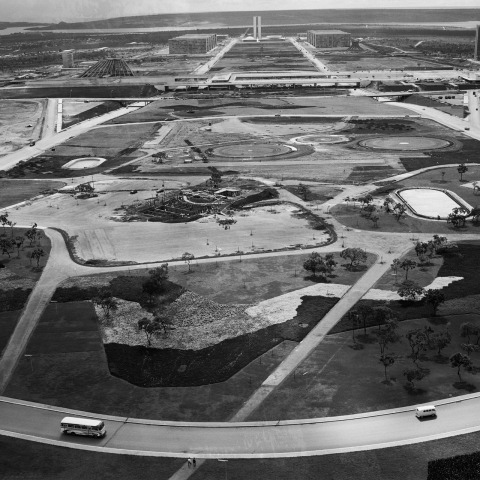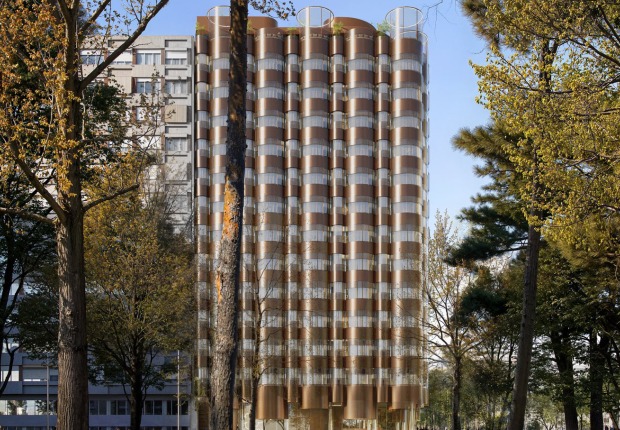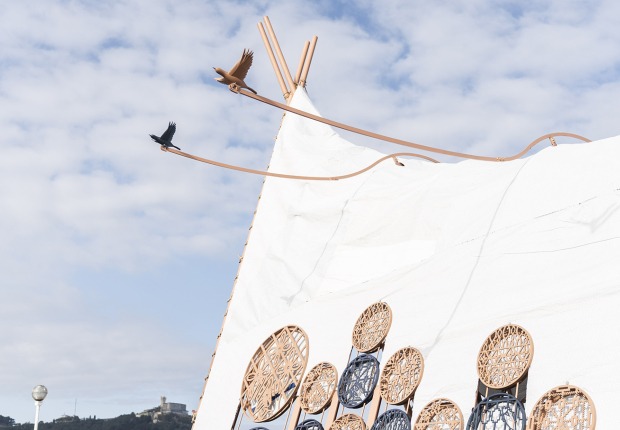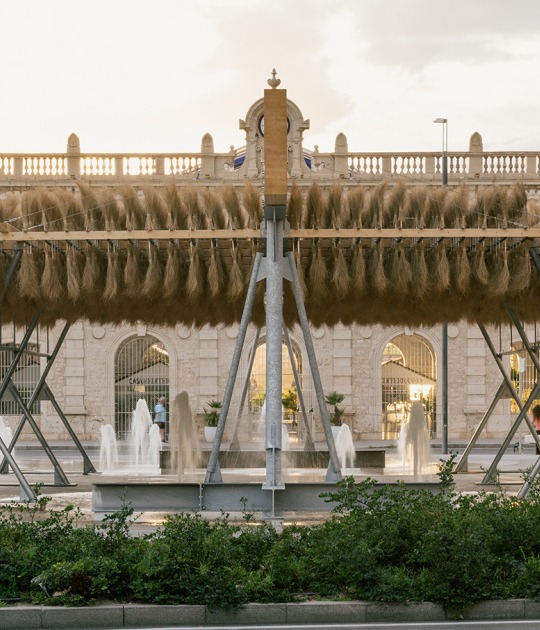Oscar Niemeyer. Oscar Ribeiro de Almeida Niemeyer Soares Filho was born on December 15, 1907, in the hillside neighbourhood of Rio de Janeiro, Brazil, and died on December 5, 2012, at the age of 104, in his hometown (Rio de Janeiro). He studied at the Academy of Fine Arts there. Niemeyer's Architecture was conceived as a lyrical sculpture, expanded on the principles and innovations of Le Corbusier to become a kind of free-form sculpture.
Niemeyer studied at the Escola Nacional de Belas Artes of the Federal University of Rio de Janeiro, and after graduating, he worked at his father's printing house and as a draftsman for different local architectural firms. In the 1930s, together with Lúcio Costa, he designed the Palácio Gustavo Capanema in Rio de Janeiro, and in 1938-39 he designed the Brazilian pavilion for the New York World's Fair also in collaboration with Lucio Costa.
His successful career began flourishing with his involvement with the Ministry of Education and Health (1945), in Rio de Janeiro. Niemeyer's teacher, Lucio Costa, architect, urban planner and recognized pioneer of modern architecture in Brazil, led a group of young architects who collaborated with Le Corbusier to design the building, that became a landmark of Brazilian modern architecture. It was while Niemeyer was working on this project, that he met the mayor of Brazil's richest state, Juscelino Kubitschek, who would later become the President of Brazil. As President, he appointed Niemeyer in 1956 as the chief architect of Brasilia, the new capital of Brazil, his proposals complementing Lucio Costa's general plans. Projects for many buildings in Brasilia would occupy much of his time for many years.
Niemeyer's first major project was a series of buildings for Pampulha, a planned suburb north of Belo Horizonte. His work, especially on the Church of St. Francis of Assisi, received critical acclaim and attracted international attention. Throughout the 1940s and 1950s, Niemeyer became one of Brazil's most prolific architects, working both domestically and abroad. This included the design of the Edifício Copan (a large residential building in Sao Paulo) and a collaboration with Le Corbusier (and others) on the United Nations Headquarters, which led to invitations to teach at Yale University and the Harvard Graduate School of Design.
"As an architect," he said, "my concern in Brasilia was to find a structural solution that would characterize the architecture of the city. So I gave my best to the structures, trying to make them different with their narrow columns, so narrow that the palaces seem to barely touch the ground. And I established the difference of the facades, creating an empty space through which, when I leaned over my work table, I saw myself walking, imagining their shapes and the different points of view they would provoke.»
Internationally, he collaborated with Le Corbusier again on the design for the United Nations Headquarters (1947-53) in New York, contributing significantly to the siting and final design of the buildings. His residence (1953) in Rio de Janeiro has become a landmark. In the 1950s, he designed an Aeronautical Research Center near Sao Paulo. In Europe, he undertook an office building for Renault and the Communist Party Headquarters (1965) both in Paris, a cultural centre for Le Havre (1972), and in Italy, the Mondadori Editorial Office (1968) in Milan and the FATA Office Building (1979) in Turin. In Algiers, he designed the Zoological Gardens, the University of Constantine, and the Foreign Office.































